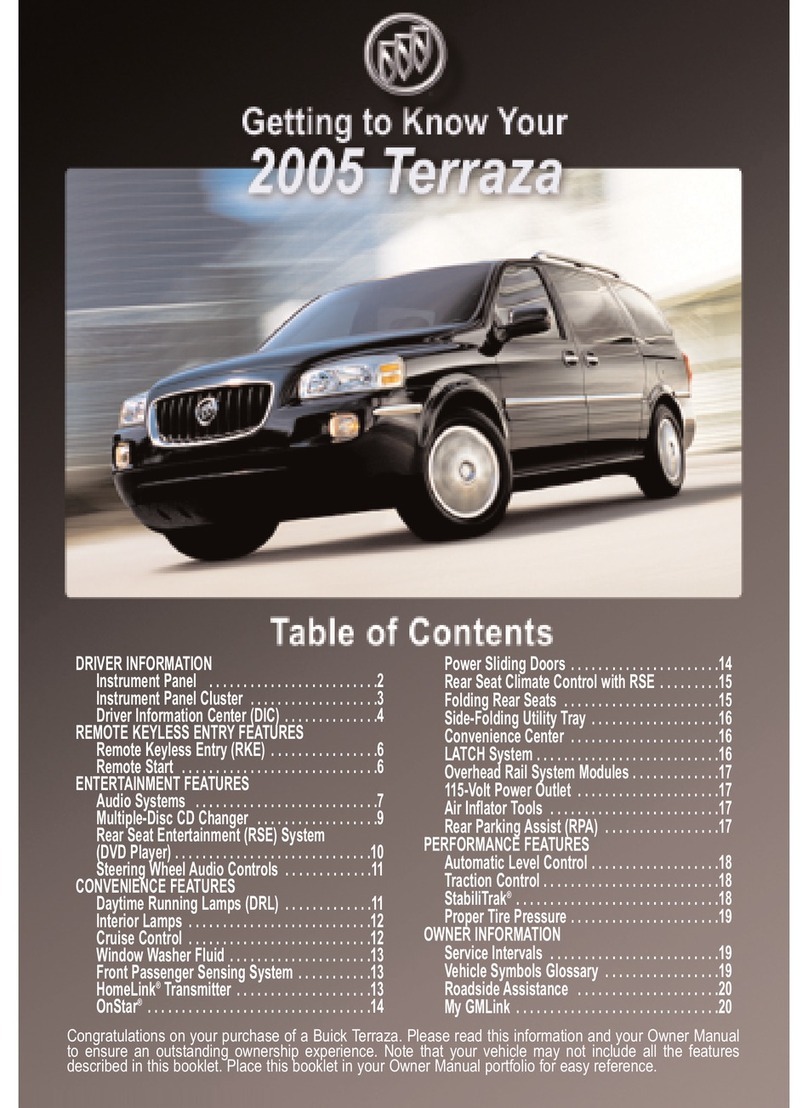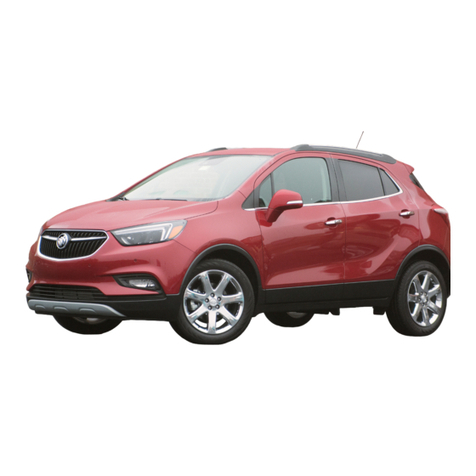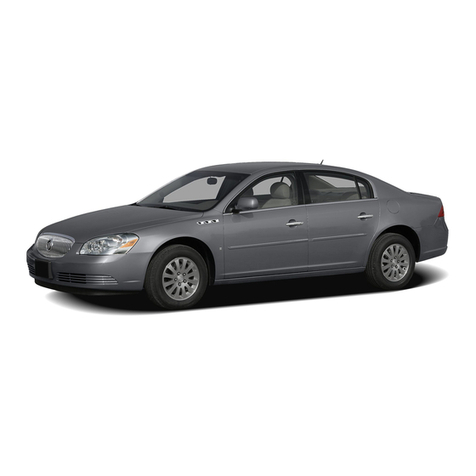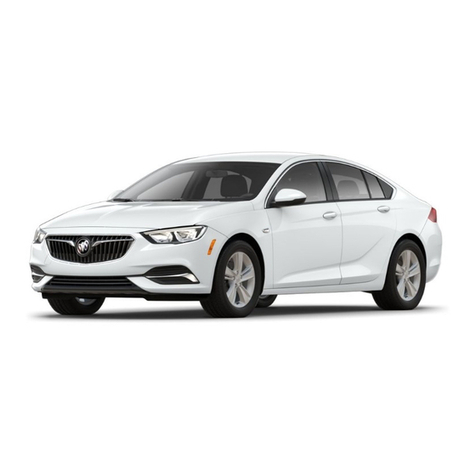Buick Riviera 1967 User manual
Other Buick Automobile manuals

Buick
Buick 1997 Riviera User manual

Buick
Buick Enclave Assembly instructions

Buick
Buick Enclave 2015 Assembly instructions
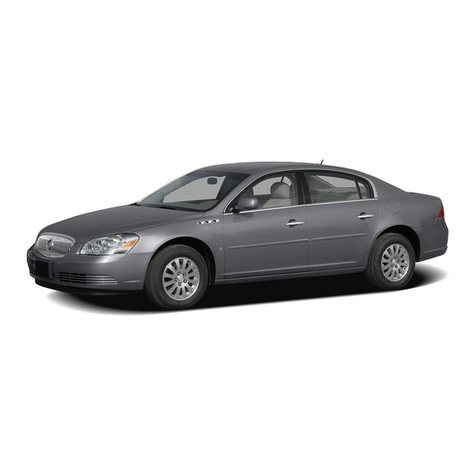
Buick
Buick 2008 Lucerne User manual
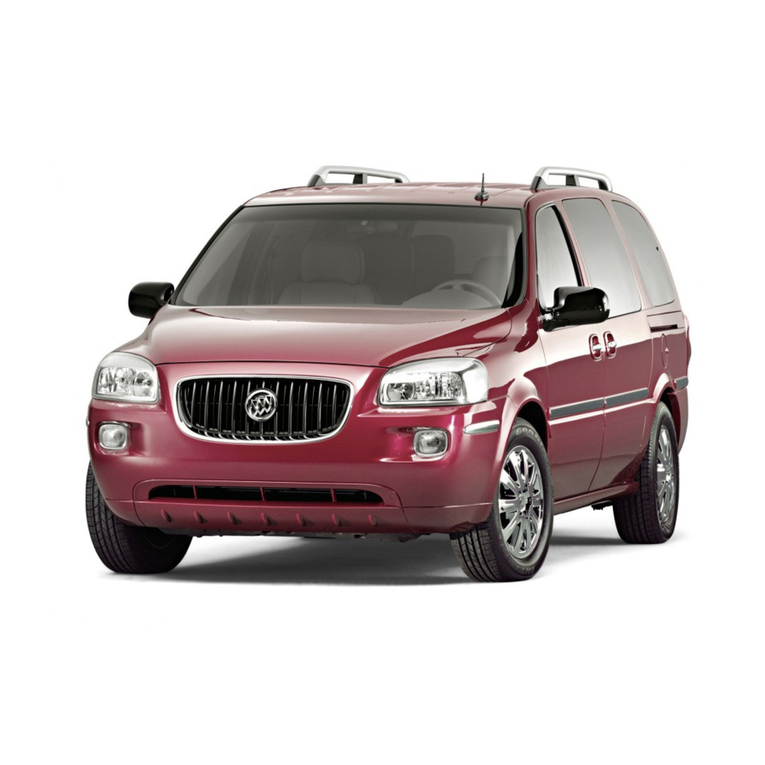
Buick
Buick 2005 Terraza User manual
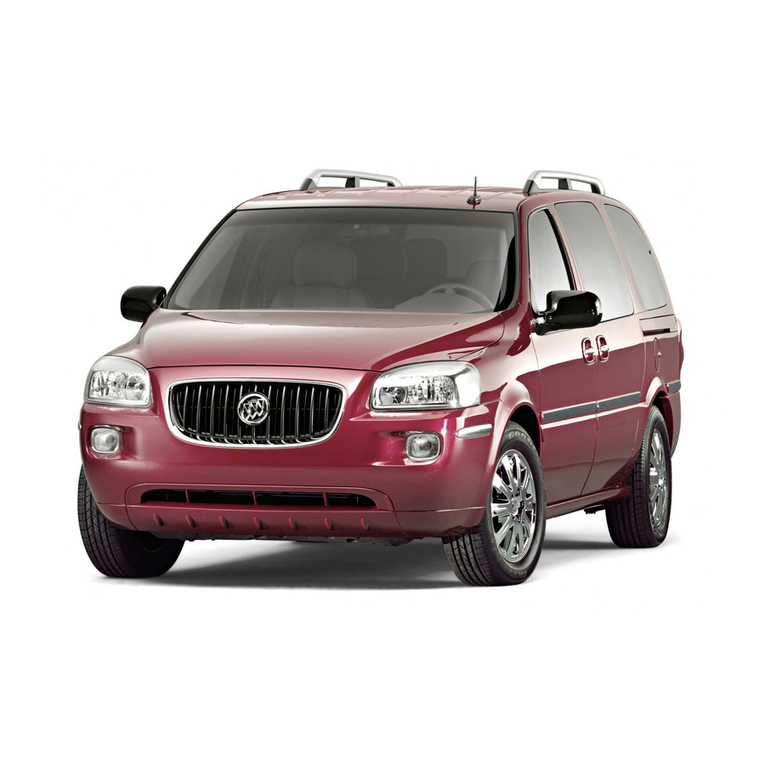
Buick
Buick TERRAZA 2006 User manual
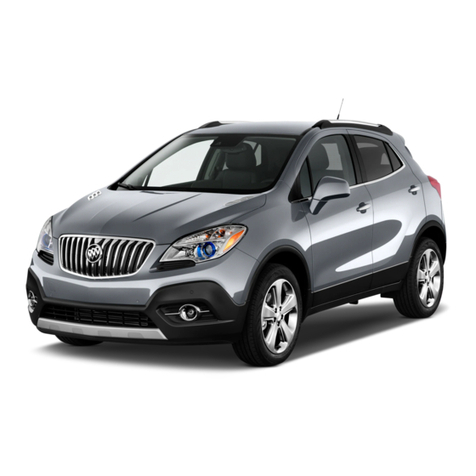
Buick
Buick Encore User manual

Buick
Buick 1948 Serles 40 Install guide

Buick
Buick 2015 Verano Assembly instructions
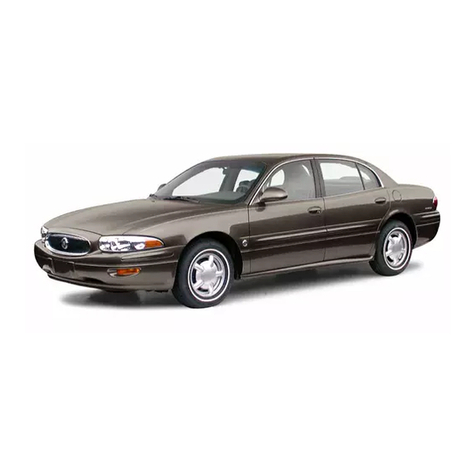
Buick
Buick 2000 LeSabre User manual

Buick
Buick 2003 Regal User manual
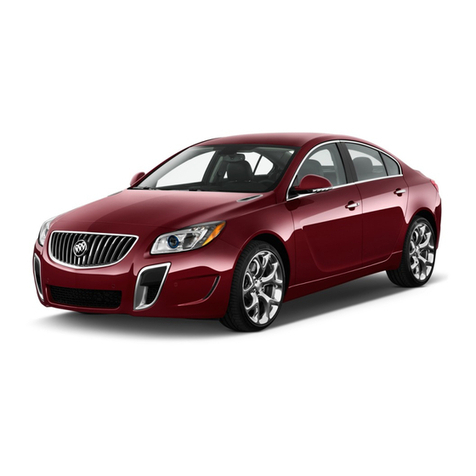
Buick
Buick 2015 Regal User manual
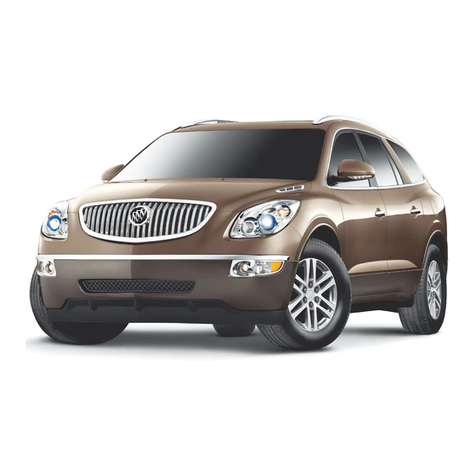
Buick
Buick 2008 Enclave User manual

Buick
Buick Regal 2012 User manual

Buick
Buick LUCERNE - 2009 Assembly instructions
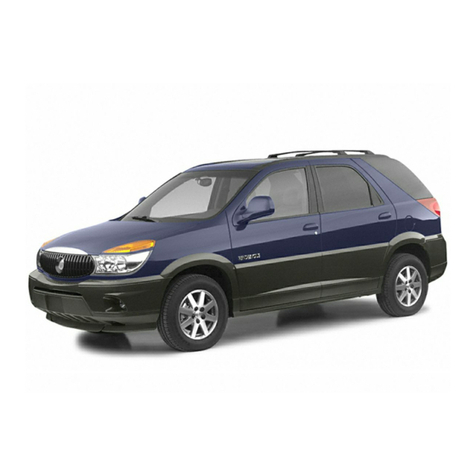
Buick
Buick 2003 Rendezvous User manual

Buick
Buick 2018 REGAL SPORTBACK User manual

Buick
Buick Rainier 2005 Assembly instructions

Buick
Buick 2013 Enclave User manual
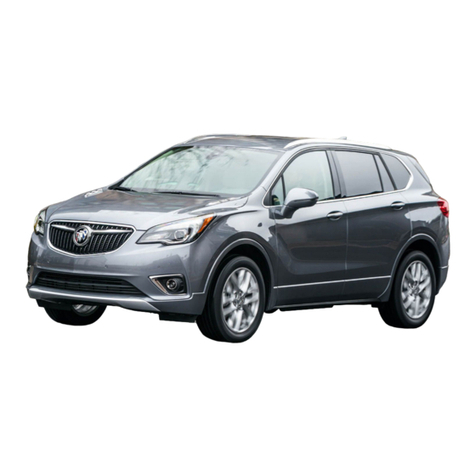
Buick
Buick ENVISION 2019 Assembly instructions
